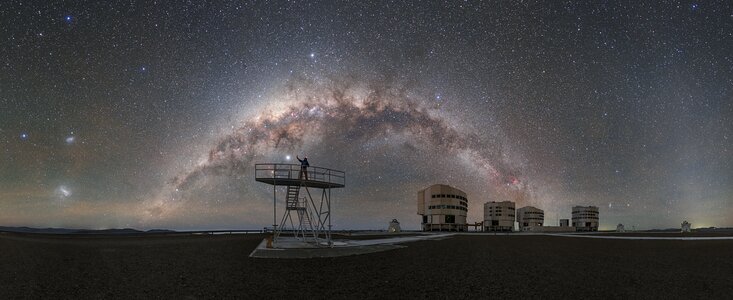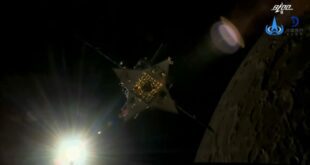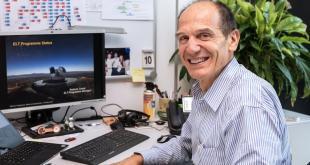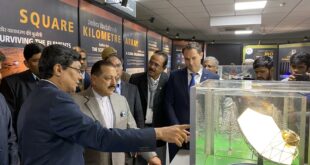
Ibadan, 2 March 2023. – An international collaboration involving ESO has submitted a paper to the United Nations Committee on Peaceful Uses of Outer Space (COPUOS) proposing a new Expert Group to protect dark and quiet skies. The paper underwent discussion at the Scientific and Technical Subcommittee (STSC) of COPUOS under a special agenda item on Dark and Quiet skies.
The paper, which Chile, Spain, Slovakia, Bulgaria, Dominican Republic, Peru, and South Africa has endorsed, in addition to ESO, the International Astronomical Union (IAU) and the Square Kilometer Array Observatory (SKAO), calls for a new Expert Group reporting to STSC that monitors the impact of satellites on astronomy, seeks inputs from global stakeholders and makes recommendations for mitigations.
Andrew Williams, ESO’s External Relations Officer and representative of ESO at COPUOS, posited, “If we get to a stage where there are 100 000 or more satellites, irrespective of whatever mitigations the companies can do, they will have substantial impacts on astronomy. There’s also a danger of impacting our ability to discover potentially dangerous asteroids, as well as damaging the pristine sky that has been a constant of humanity.”
Some companies have tried to mitigate these effects by using less-reflective material in satellite construction or changing the orientation of satellites in space. Furthermore, companies can provide astronomers with higher accuracy information about the location of satellites so that observatories can consider this to decide when and where to point their telescopes.
While these potential solutions show promise, they require a coordinated effort between the satellite industry, governments, and astronomers. A cooperative approach involving all stakeholders is an effective way to balance the need for the evolution of the low-Earth orbit space economy and the need to protect the science of astronomy and the pristine visibility of the night sky.





